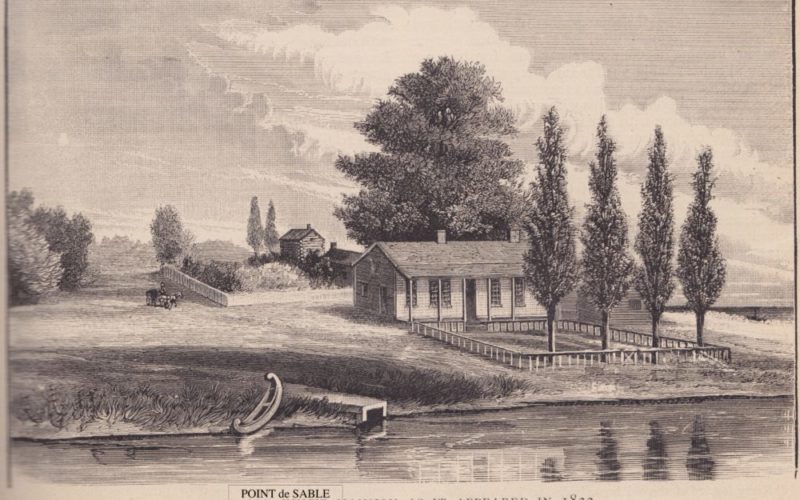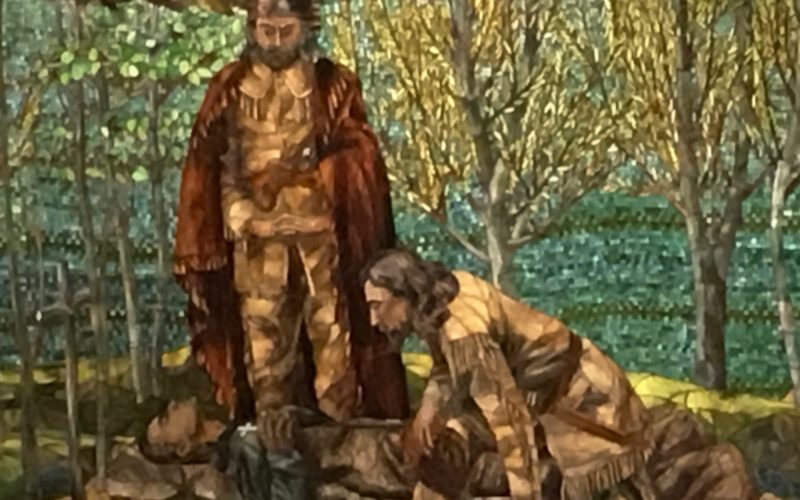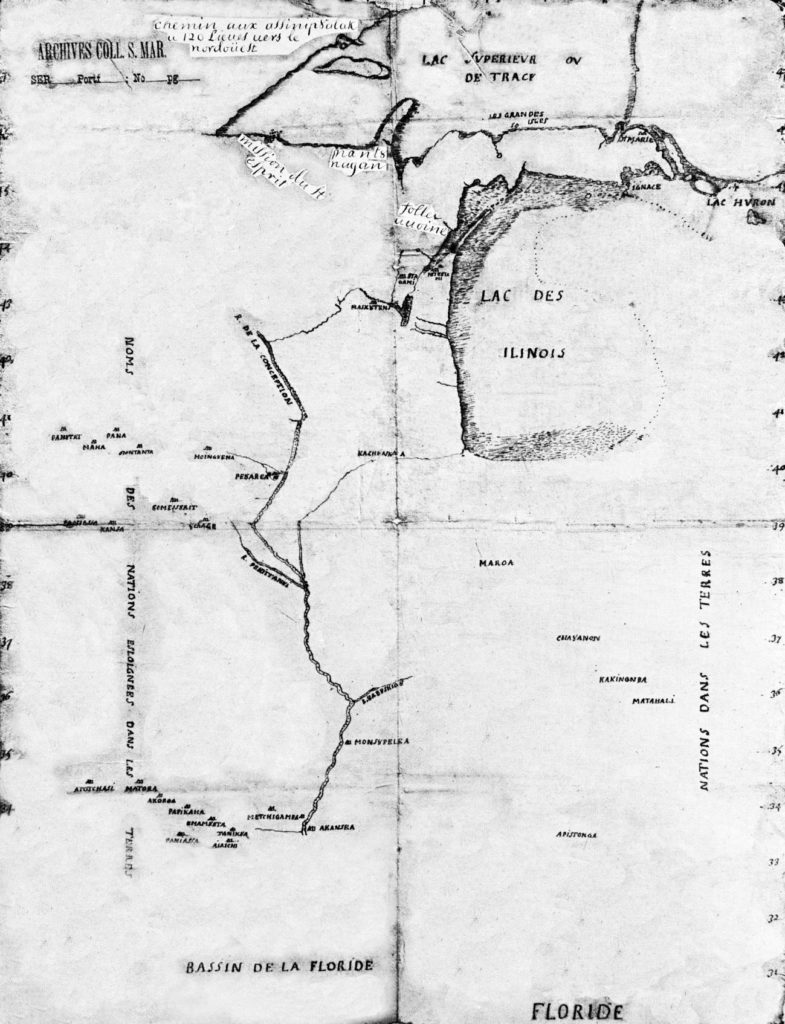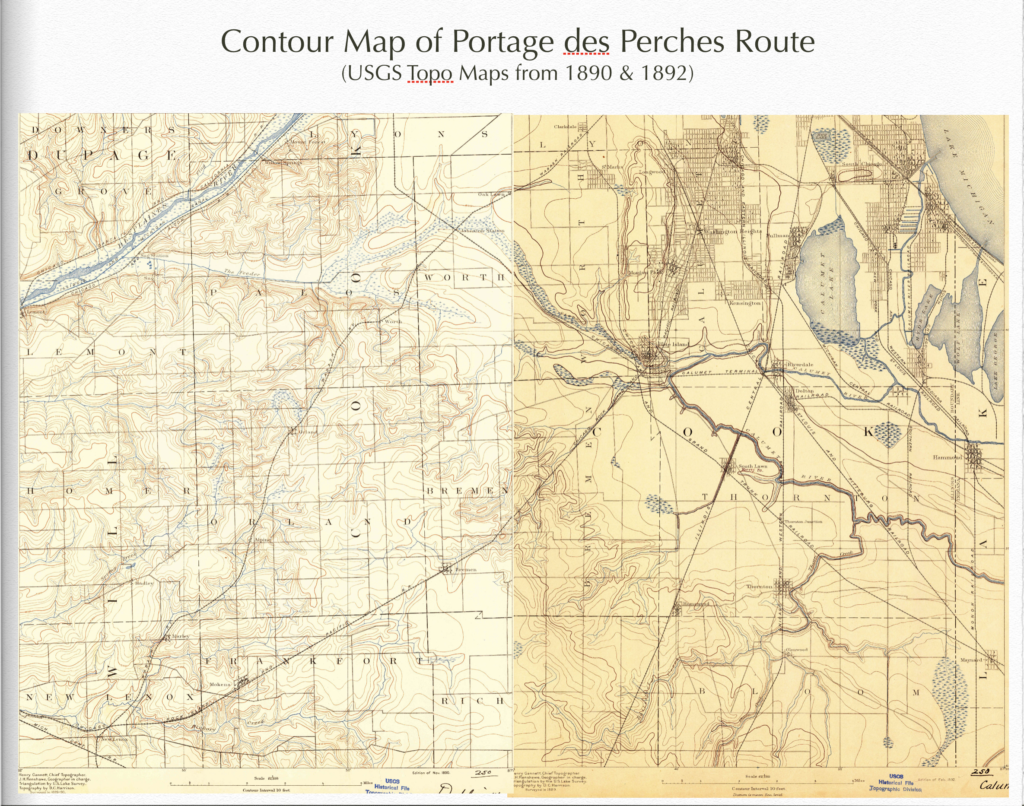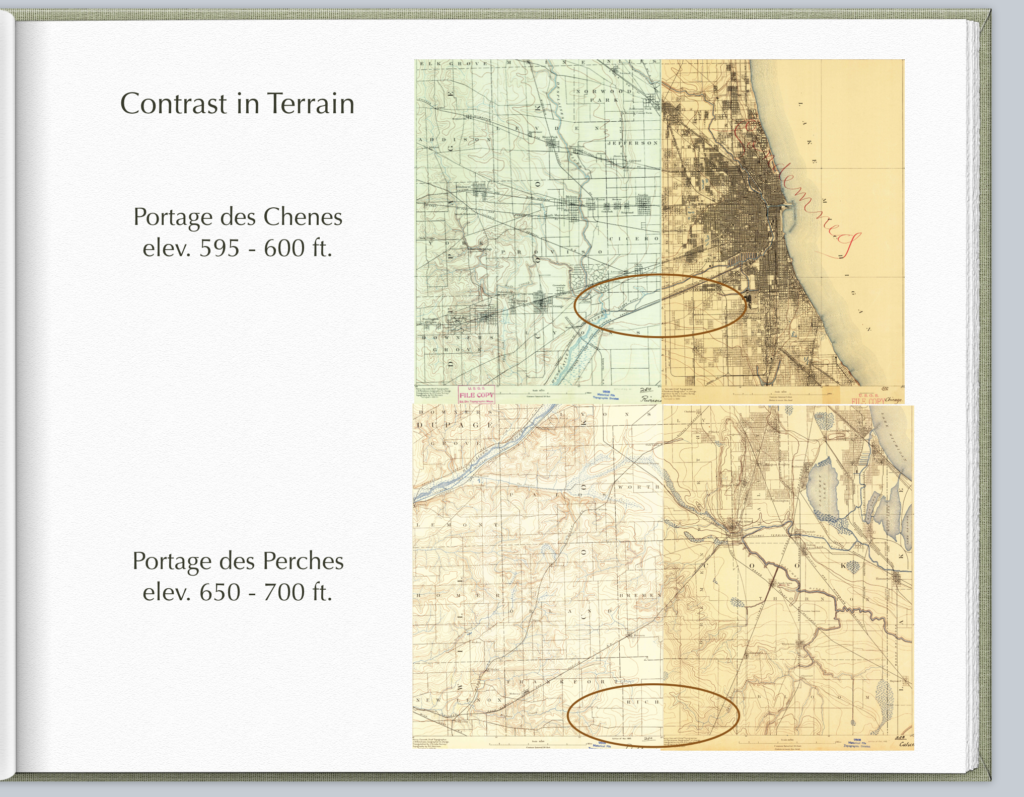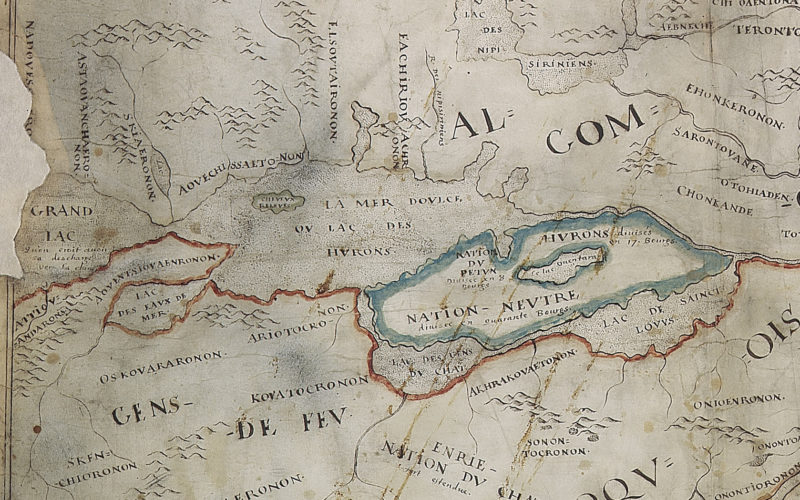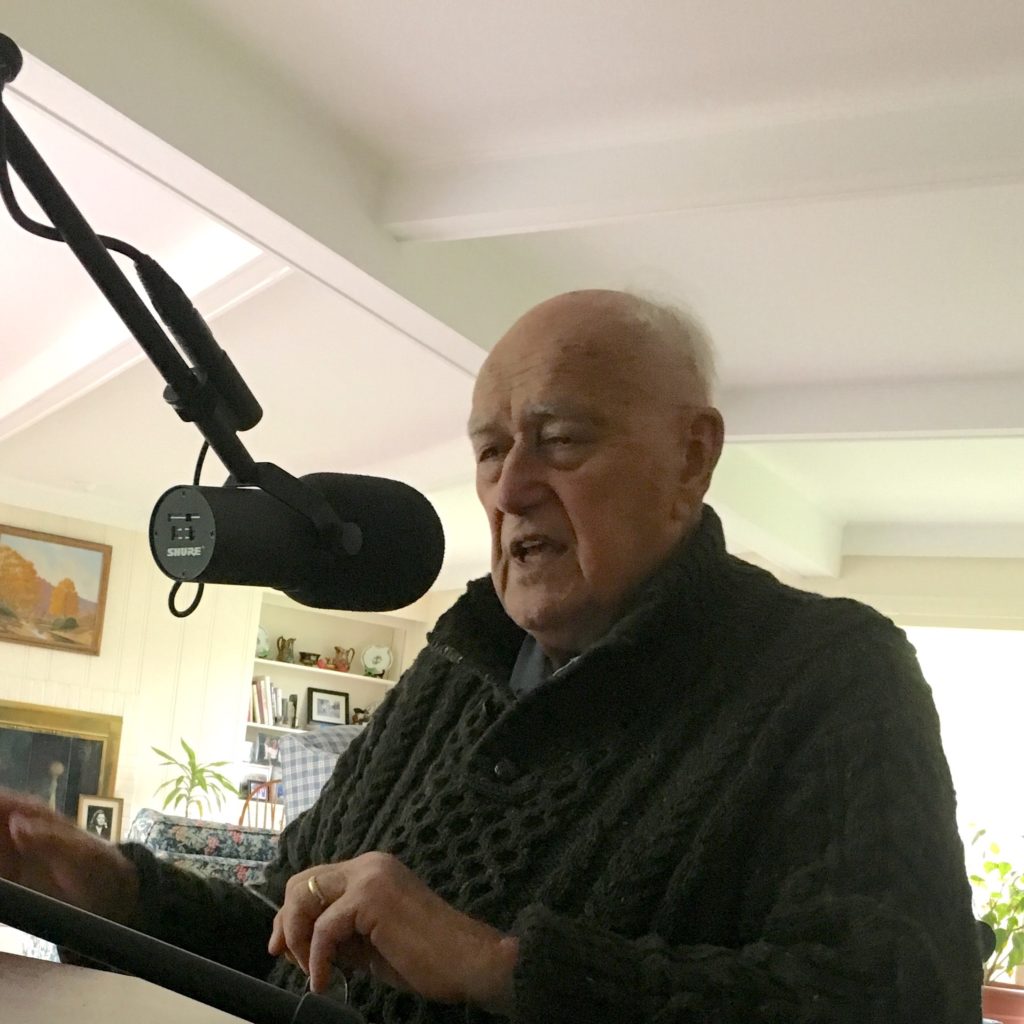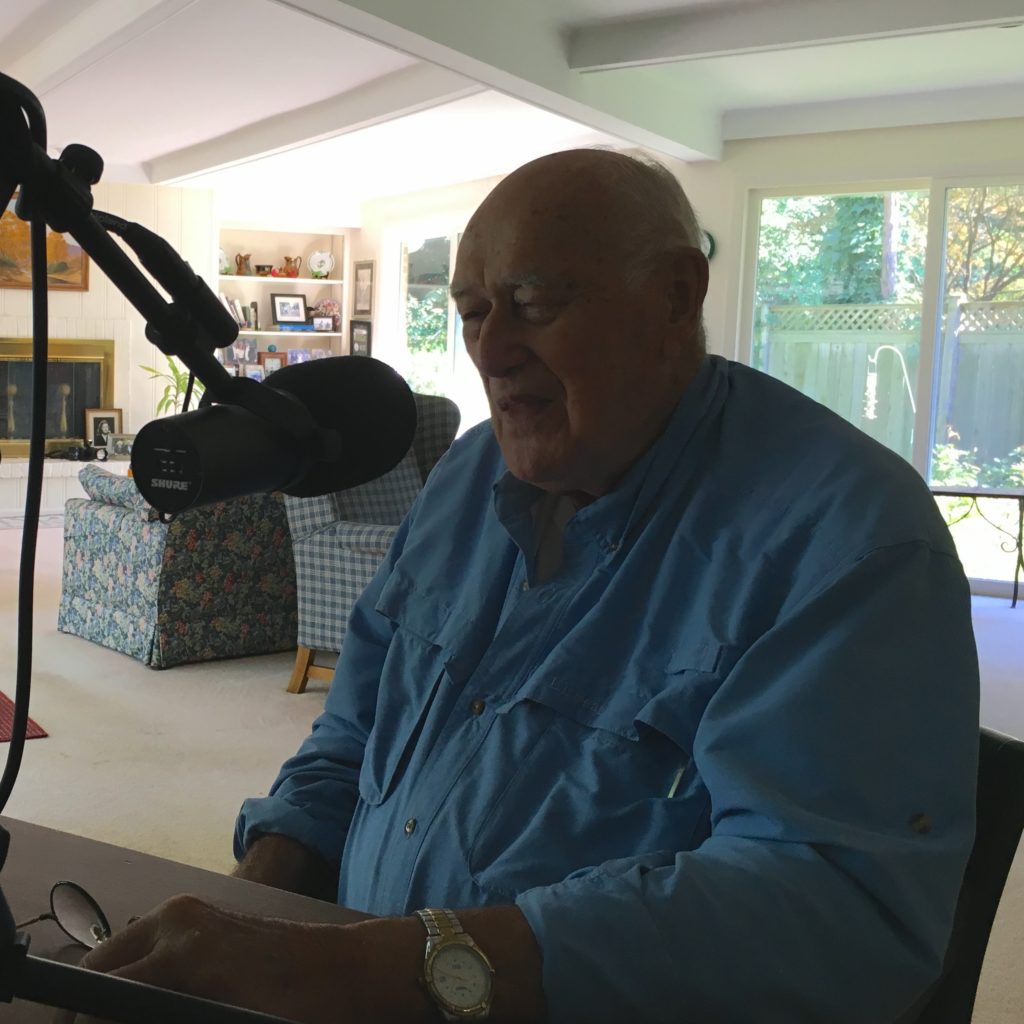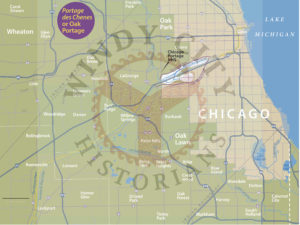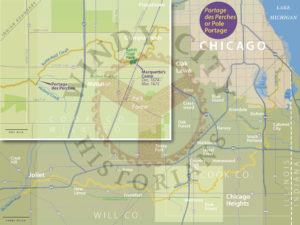Episode 8 : The First Settler
The Merriam-Webster Dictionary defines settler as, “a person who goes to live in a new place where usually there are few or no people”. Native Americans have lived in the greater Chicago area for approximately 10,000 years dating back to the last ice age. Dependent on long lost oral histories we have no clear records of the future city’s earliest peoples, though archeological efforts and early French documents seem to indicate no native villages existed within today’s Chicago city limits. There have been significant native villages in the suburbs surrounding Chicago, but no evidence of native settlement on the Chicago River has ever come to light.
The last seven episodes of the Windy City Historians Podcast has attempted to relate the first hundred plus years of Chicago’s earliest recorded history from the first westerners to pass through the area; be it Nicolet somewhere between 1628 and 1634 or Jolliet and Marquette in 1673. We now unveil this story of Chicago’s very first settler connecting us to the permanent and continuous settlement of the City of Chicago.
This man, a man of color, and his family has long been swept under the rug while the trader and opportunist John Kinzie was held up as the town’s founder, a man we can best describe as Chicago’s first scoundrel. We hope you will enjoy this in depth conversation with historians John Swenson and professor Courtney Pierre Joseph Ph.D. relating the life, times, and impact the very first settler made on the site and city that would follow in his footsteps. This is the story of the trader, gentleman farmer, and Chicago’s founder — Jean Baptiste Point de Sable. Mr. Point de Sable, and yes, that is the proper French spelling of his full surname, is a fascinating character we hope you will enjoy learning about as much as we have.
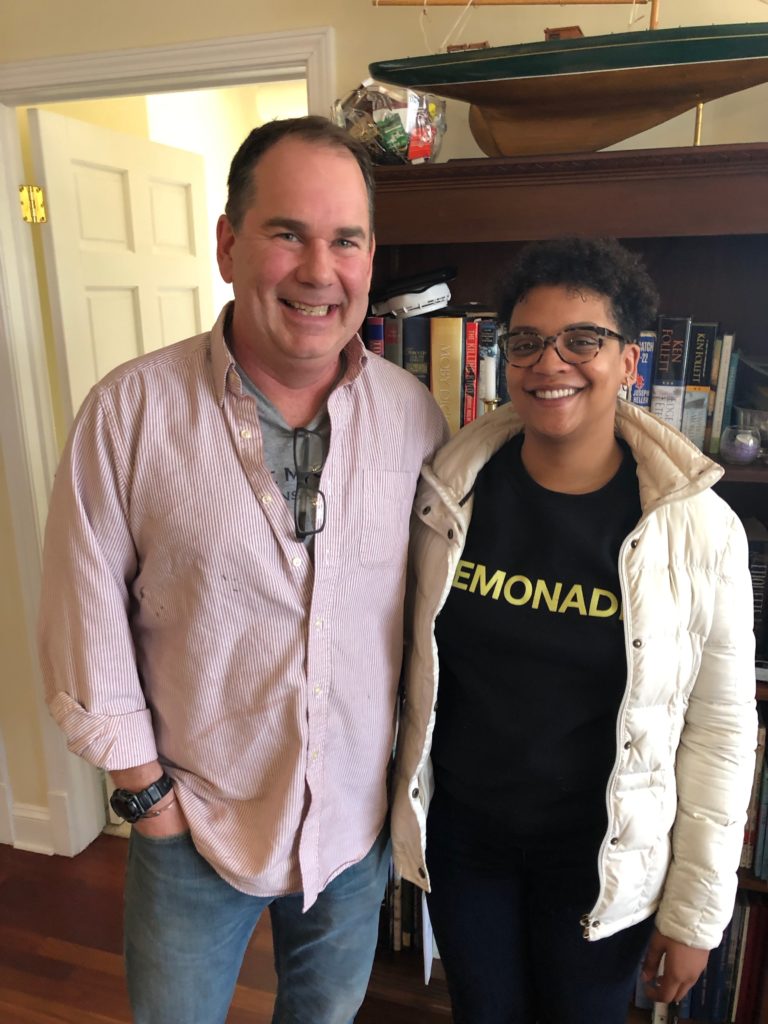
Patrick McBriarty & Dr. Courtney Joseph 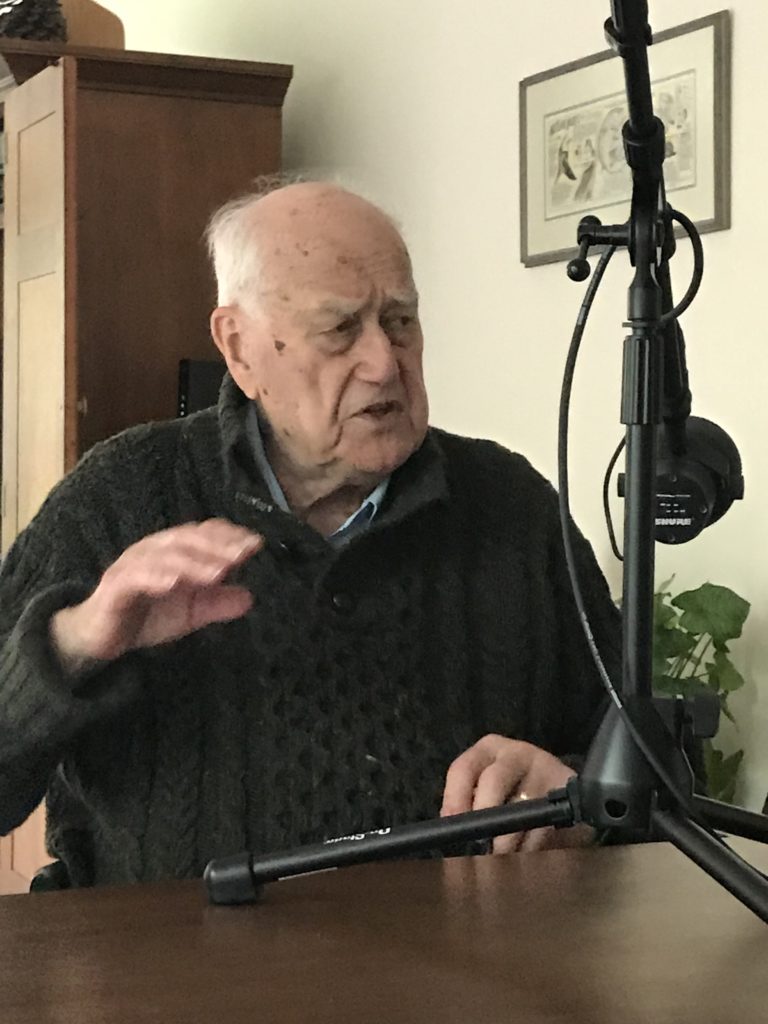
Historian John Swenson 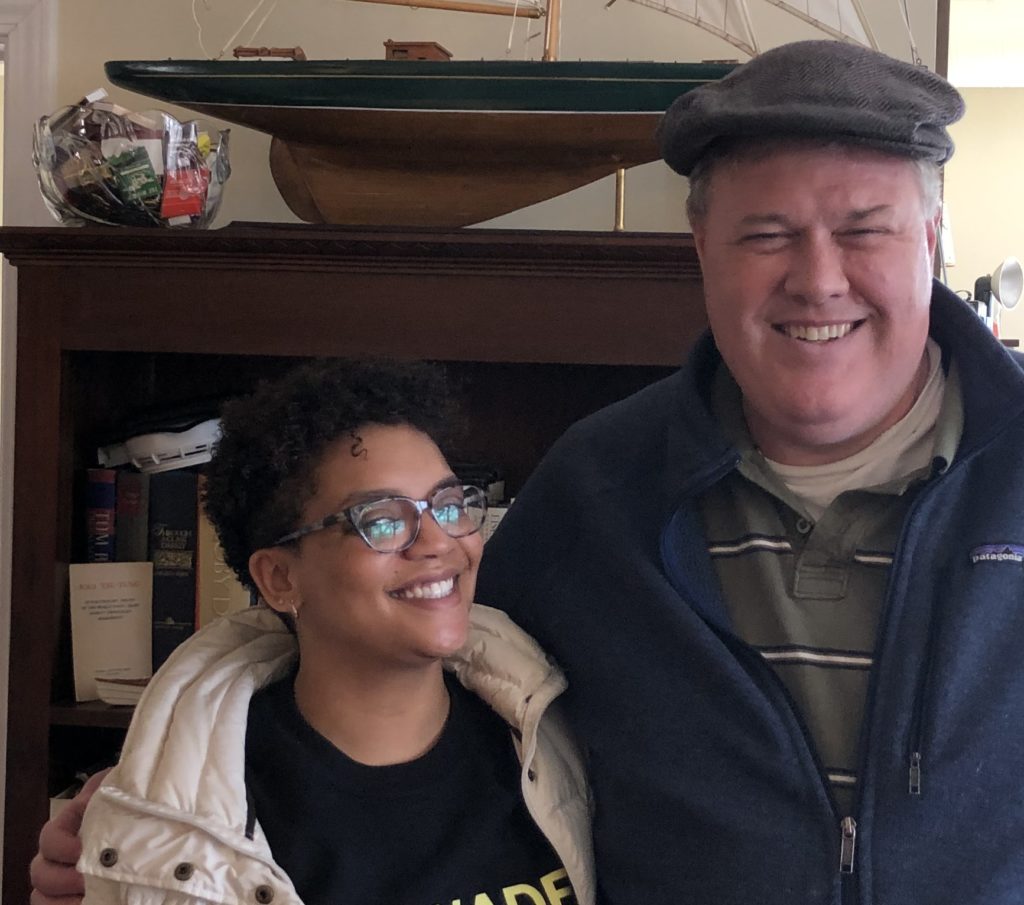
Dr. Courtney Joseph & Chris Lynch 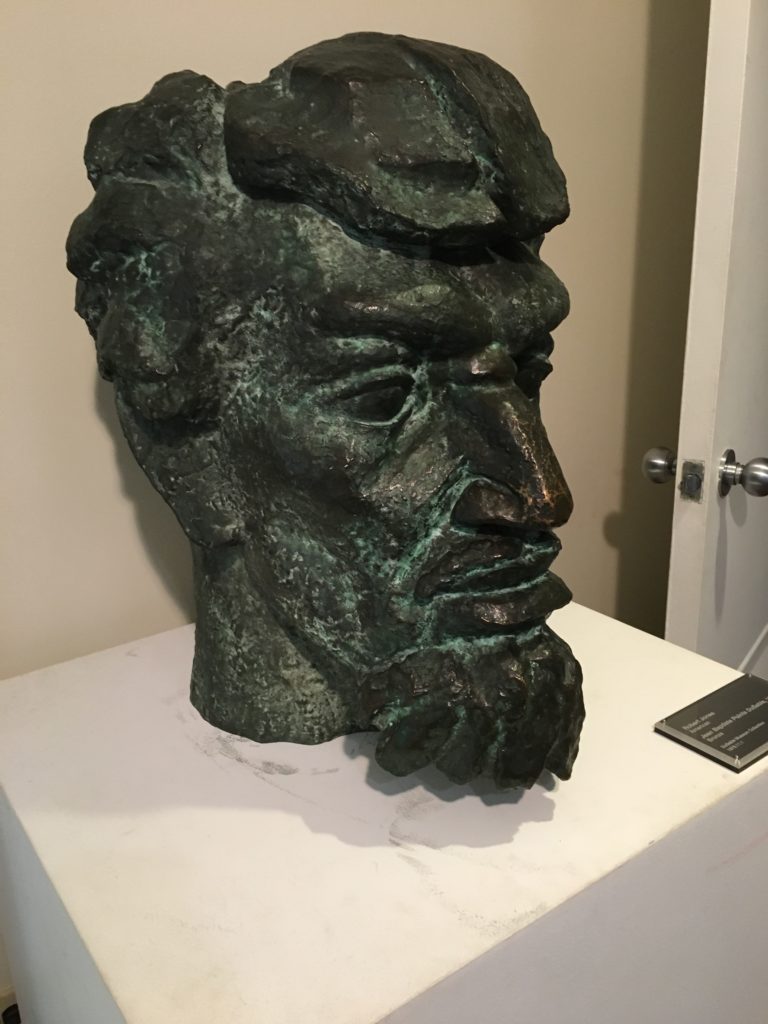
Bust of Point de Sable at the DuSable Museum 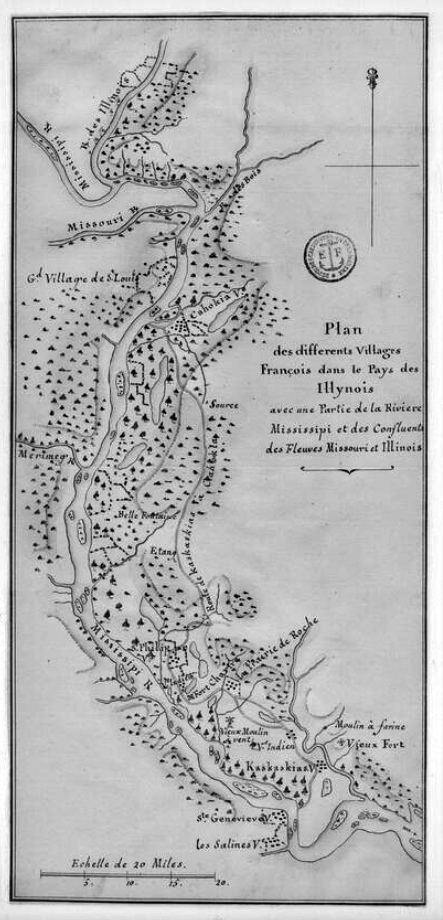
French Villages in Illinois from the 1778 Hutchins’ Map “Plan des differents Villages Francois dans le Pays des Illynois”
Links to Research and History Documents
- Early Chicago, by Ulrich Danckers & Jane Meredith, 1999. See also the website: https://earlychicago.com/
- “The DuSable Myth”, by John Swenson, Chicago Reader, August 1, 2002.
- British Trader John Orillat (1733-1779) of Montreal “the Rockefeller” of Canada in his day
- Chicago’s Authentic Founder by Marc Rosier
- Wauban by Juliette Kinzie (1806-1870)
- George Rogers Clark (1752-1818) who lead American militia in Kentucky, Indiana, and Illinois during the Revolutionary War against the British.
- Battle of Fallen Timbers
- Transcribed Treaty of Greenville of 1795
- Images of the original Treaty of Greenville of 1795
- Jay Treaty of 1794
- Alexander Robinson
- “The Long-Lasting Legacy of the Great Migration”, by Isabel Wilkerson, Smithsonian Magazine, September 2016.
- Cahokia is one of Illinois’ large towns when it was a part of the Indiana Territory
- The Defender by Ethan Michaeli
- DuSable Museum of African-American Art at 740 East 56th Place, Chicago, Illinois 60637

